When Whitney Meyer gave birth to her twin daughters, she was stunned. One of her girls, Kalani, had very light skin. Her sister, Jarani, was visibly darker. For Whitney, who is white, and her partner Tomas Dean, who is Black, it was something they never imagined. “Kalani was as white as can be,” Whitney told TODAY. “I was just in denial because you know the odds of this? I would never think I would have a black and white twin.”
"I would never think I would have a black and white twin."
— Whitney Meyer
The rare occurrence has made Kalani and Jarani internet-famous, and their story has become a heartwarming reminder that beauty, love, and family come in many forms.
Tomas was equally surprised. “I was like, ‘Yeah, she's a little light,’ but I thought maybe babies are that way when they're first born,” he said. “But then a couple of minutes later, her sister came out a little darker. In a million years, I never thought I'd have a girl with blue eyes.”
"In a million years, I never thought I'd have a girl with blue eyes."
— Tomas Dean
Their story, shared widely online and in media, is not just about the rarity of their birth, it's about unity. “I hope that a lot of people can see that color really isn’t a big thing. What’s important is love,” Tomas added.
People are often confused when they see the twins together. Whitney says that people question whether they’re sisters even when dressed alike. Yet when you look beyond their skin tone, the resemblance is clear in their smiles, faces, and bond. Kalani is said to take after her older white brother, Talan, while Jarani reminds the family of Whitney’s late son, Pravyn, who passed away in a tragic accident.
What genetics can't predict, love makes possible
Scientifically, this phenomenon is rare but not impossible. According to Dr. Bryce Mendelsohn, a medical geneticist at the University of California, San Francisco, what we see in someone’s appearance is just a fraction of their full genetic story. “The physical traits you can see in a person are just a very small sliver of the genetic diversity across human populations,” he explained. “A lot of times we only focus on the things our eyes can see, but what we see is a tiny tip of the iceberg.”
"What we see is a tiny tip of the iceberg."
— Dr. Bryce Mendelsohn
Whitney and Tomas aren’t the only parents with this experience. Khristi Cunningham, a mother from Ohio, also has fraternal twins with different skin tones. Like the Deans, she and her husband, a Black man, see their children’s differences as a teaching opportunity. “Get ready for a lot of conversations with strangers!” Khristi said. But rather than shying away, she embraces those moments as chances to educate.
“We did feel that we were obligated to share our story with others,” she told TODAY. “We felt we were given these two beautiful children for a positive purpose, that purpose was to educate those who are ignorant to the fact that these things are possible, and to initiate a conversation on race in America.”
For Khristi, the lesson is simple: skin color is chance, not choice. “No one on this Earth gets to stand in line to pick their skin color. It is only by chance we are brown, or Black, or white.”
Two babies, one powerful message
The stories of families like the Deans and the Cunninghams are powerful. They shine a light on racial identity, genetics, and how love always transcends appearance. Their openness reminds us all that difference is something to be celebrated, not questioned.
These stories have surfaced before, such as the widely known tale of Lucy and Maria Aylmer from England. Though twins, Lucy has pale skin, red hair, and blue eyes, while Maria has darker skin and black curly hair. Their mom, Donna, is of mixed Black and white heritage, and their dad is white. Like Kalani and Jarani, Lucy and Maria defied expectations and embraced their identities.
Whether it’s in Ohio, California, or Gloucester, these families are all telling the same truth: there is no one way to look like family. And that’s a beautiful thing.
In the years since...
Kalani and Jarani Dean may have started life as a viral sensation, but they’ve grown into so much more. Now, elementary schoolers, the inseparable sisters continue to spread joy, one with light skin and blue eyes, the other with brown skin and brown eyes, reminding everyone who sees them that love doesn’t come in one color. Their mom, Whitney, still proudly calls them her “miracle babies,” and their big brother Talan sums up the family motto best: “We don’t worry about color in our family.”
Across the pond, Lucy and Maria Aylmer have taken that same message into adulthood. Now in their 20s, these UK twins with polar-opposite looks are still the best of friends and living proof that race is just a label, not a bond. Whether they’re laughing off disbelief or using their story to challenge assumptions, both sets of sisters are helping the world see what really matters, shared hearts, not shared skin.
In a time that still struggles with division, Kalani, Jarani, Lucy, and Maria shine as symbols of unity. They are different on the outside but soul-deep sisters through and through, and the world is lucky to have them.
This article originally appeared last year.





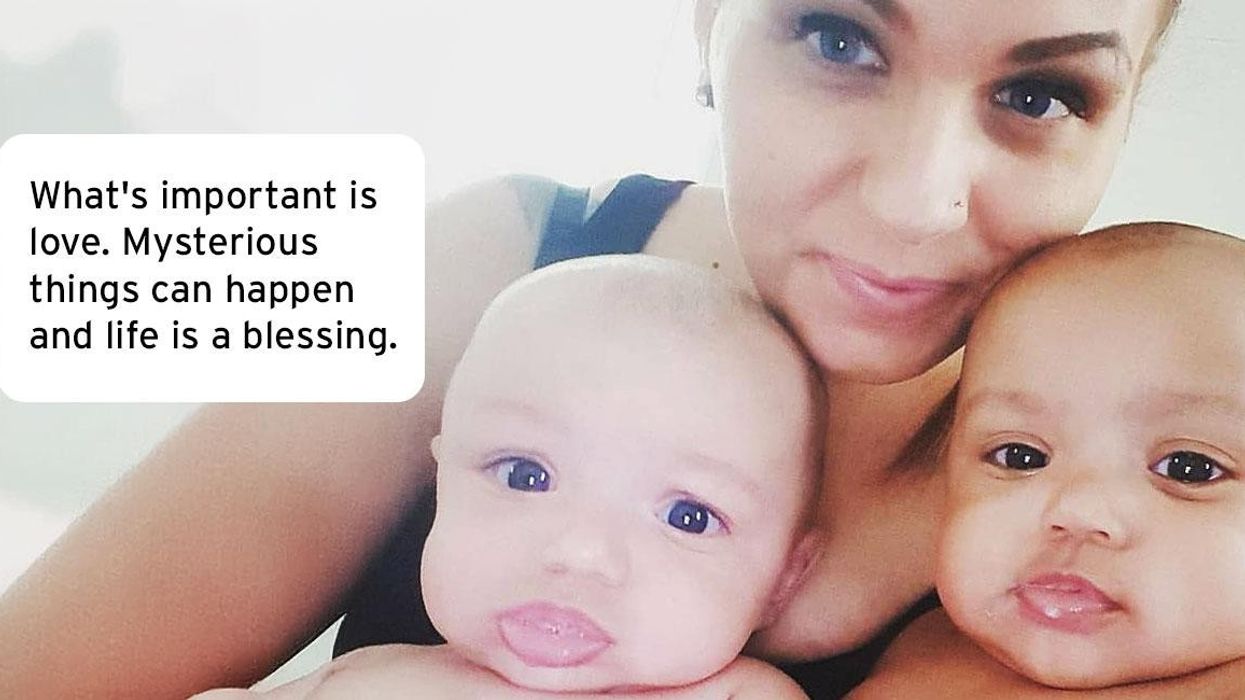





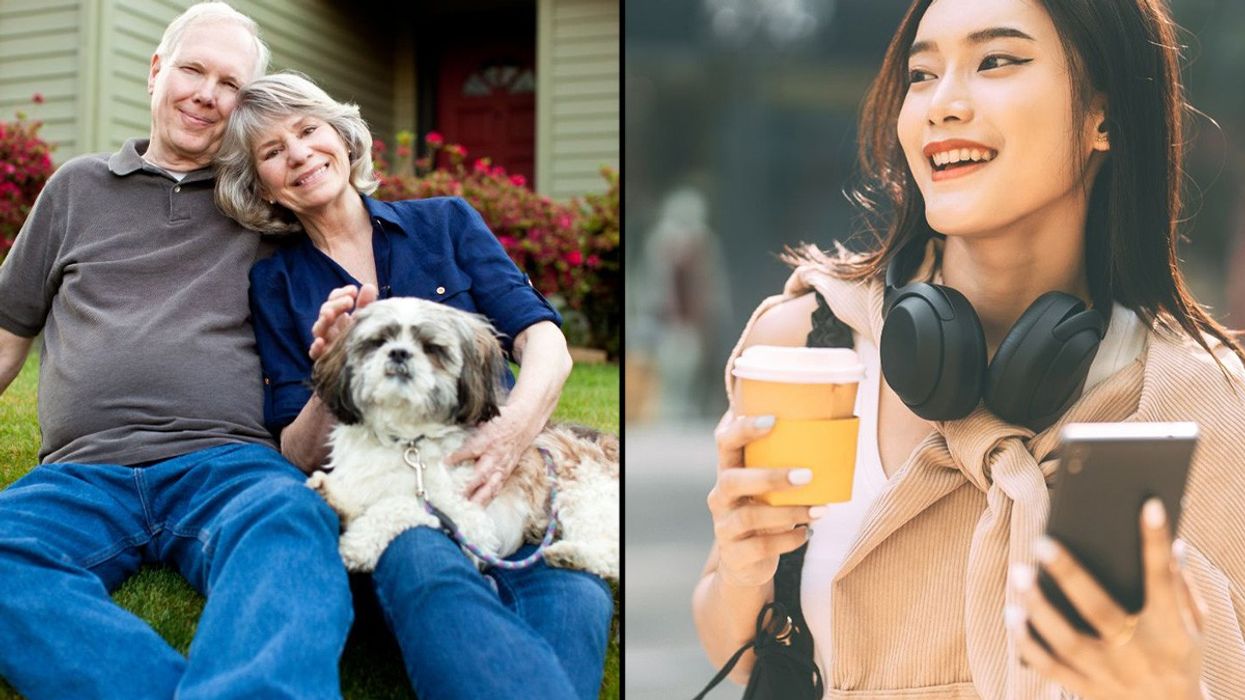






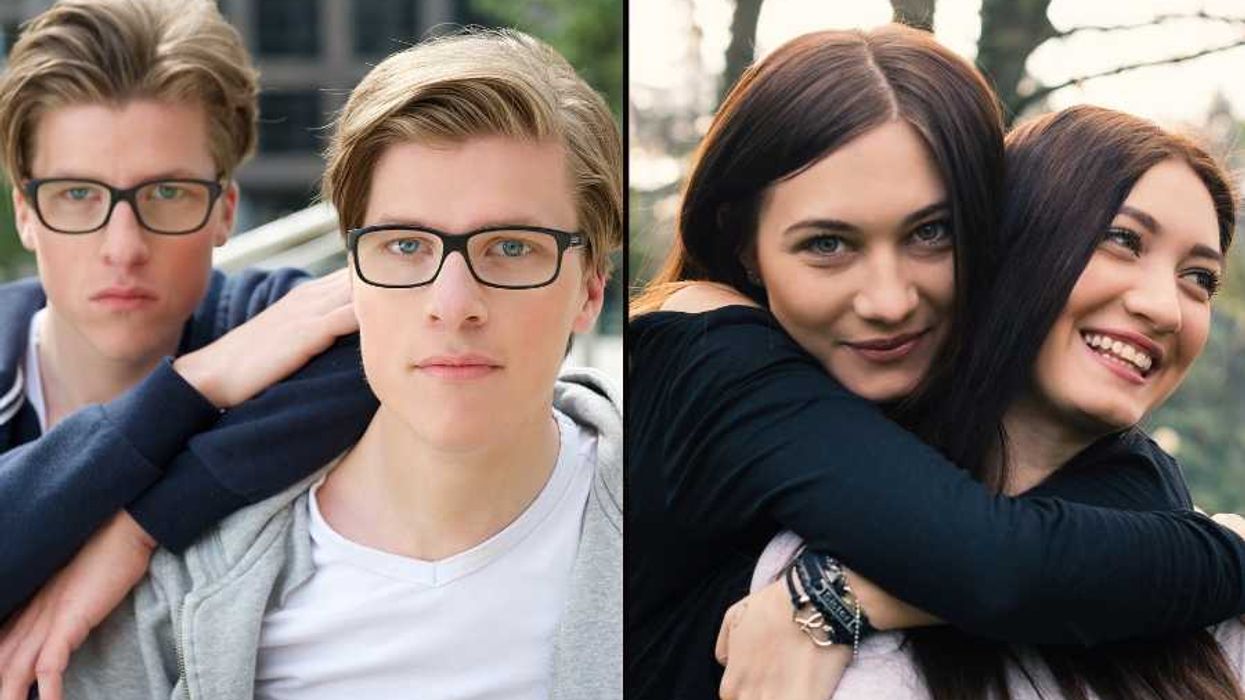


 Toddlers especially are curious and constantly testing boundaries which can lead to frustration for parents. Finding the right balance between patience and effective communication is keyYuganov Konstantin/Canva
Toddlers especially are curious and constantly testing boundaries which can lead to frustration for parents. Finding the right balance between patience and effective communication is keyYuganov Konstantin/Canva Montessori Academies teach awareness and respect of their environment as part of their educational program. By encouraging your child to use an indoor voice and signals to them peace.Yuri Arcurs/Canva
Montessori Academies teach awareness and respect of their environment as part of their educational program. By encouraging your child to use an indoor voice and signals to them peace.Yuri Arcurs/Canva When young children are overwhelmed, they go into survival mode and logic flies out the window. Their nervous system goes into fight-or-flight and they need help from you to regulate their emotions. Evengy Atamaneko/Canva
When young children are overwhelmed, they go into survival mode and logic flies out the window. Their nervous system goes into fight-or-flight and they need help from you to regulate their emotions. Evengy Atamaneko/Canva 
 There are plenty of low or no-cost date ideas.Canva
There are plenty of low or no-cost date ideas.Canva Couples can energize their relationship by finding bonding moments that reignite their wonder.Canva
Couples can energize their relationship by finding bonding moments that reignite their wonder.Canva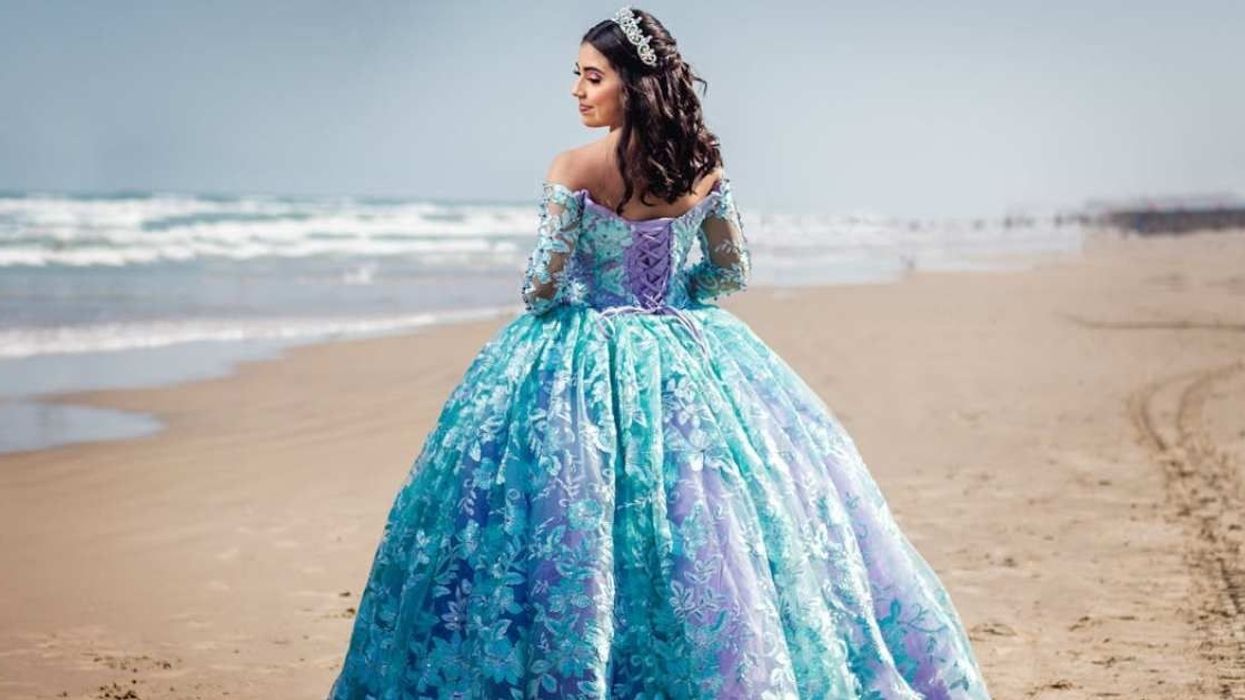
 Representative Image: Busy hands working on a garment.
Representative Image: Busy hands working on a garment.  "SPEECHLESS!" Facebook I
"SPEECHLESS!" Facebook I  "God is really good!"Facebook I
"God is really good!"Facebook I 
 Representative Image: Disney World made the perfect surprise.
Representative Image: Disney World made the perfect surprise.  Image source: TikTok |
Image source: TikTok |  Image source: TikTok |
Image source: TikTok | 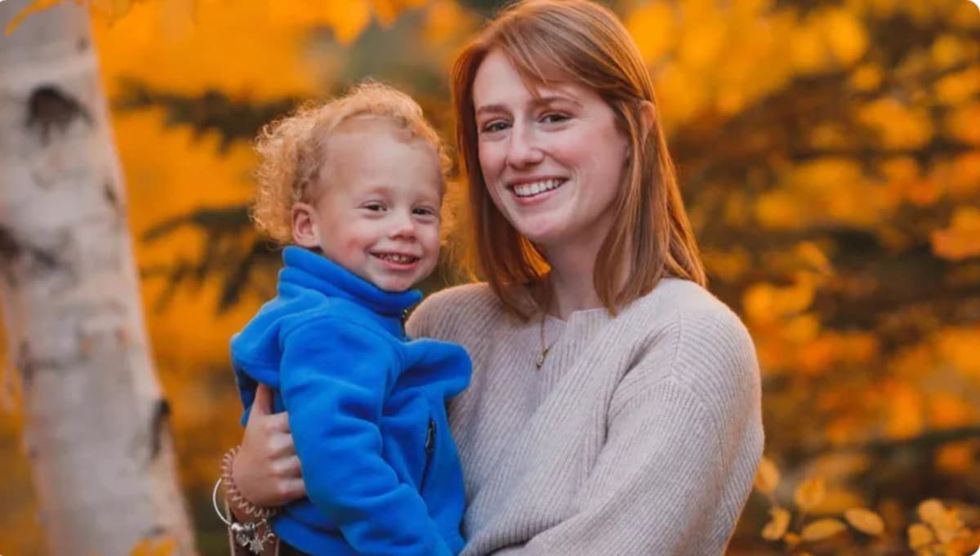 Image Source:
Image Source: 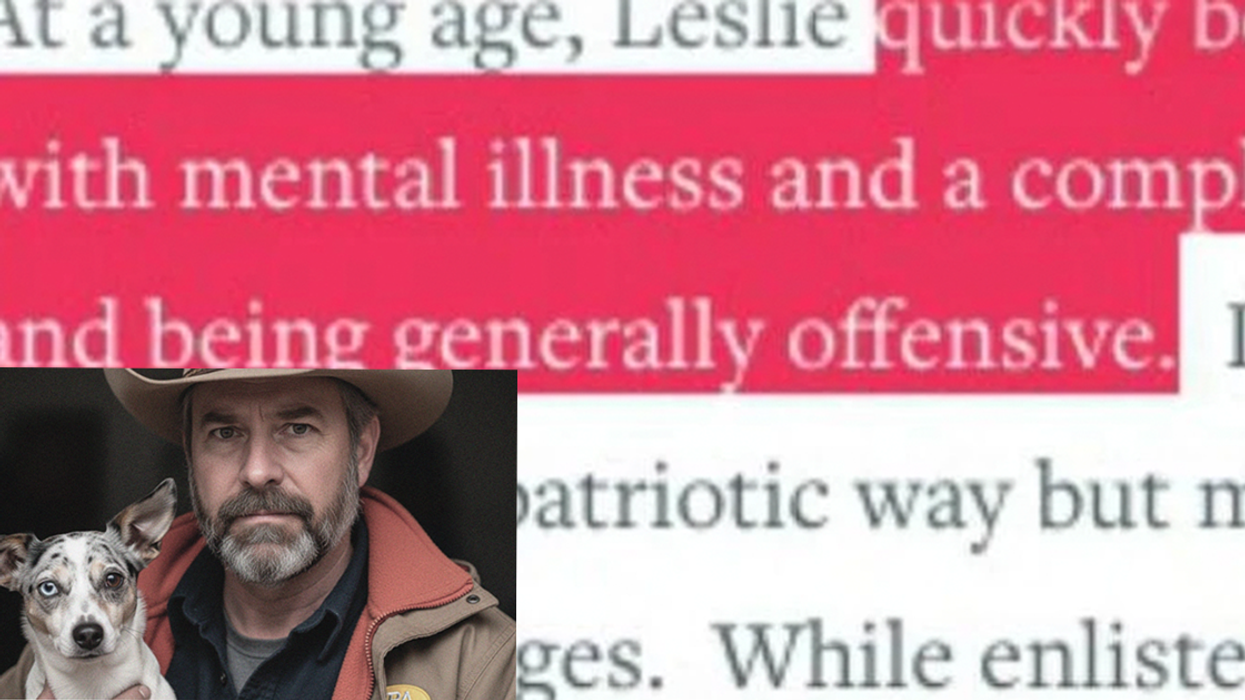
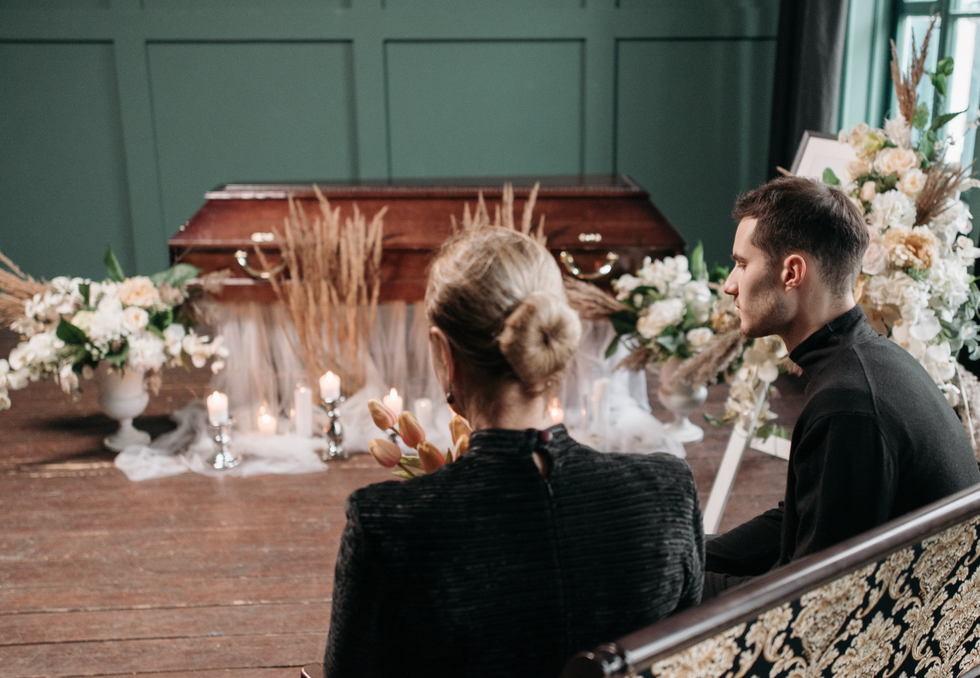 A couple attends a funeralCanva
A couple attends a funeralCanva A therapist consults with a patientCanva
A therapist consults with a patientCanva A father and young son giving each other the silent treatmentCanva
A father and young son giving each other the silent treatmentCanva  Woman walks alone on the beachCanva
Woman walks alone on the beachCanva